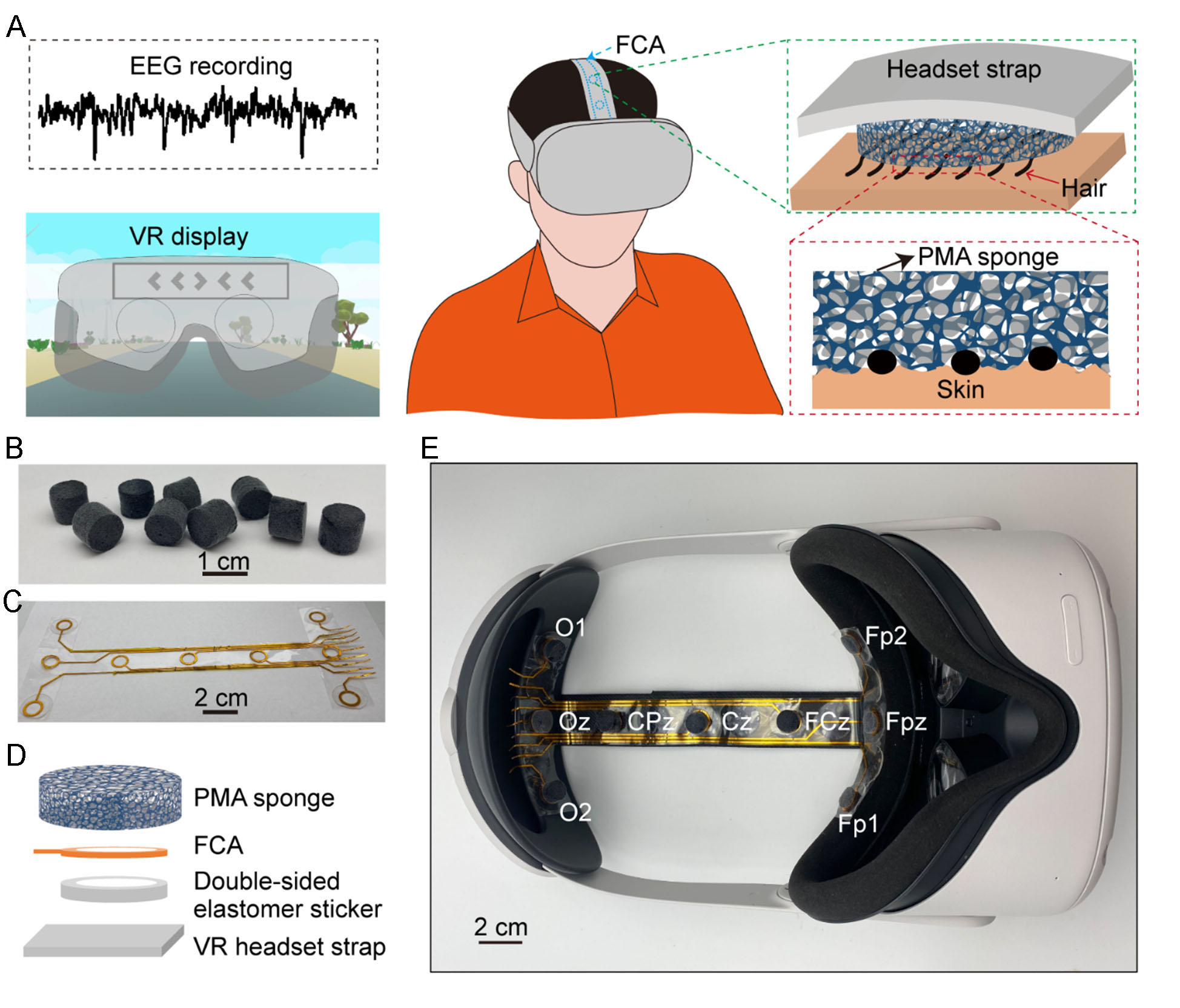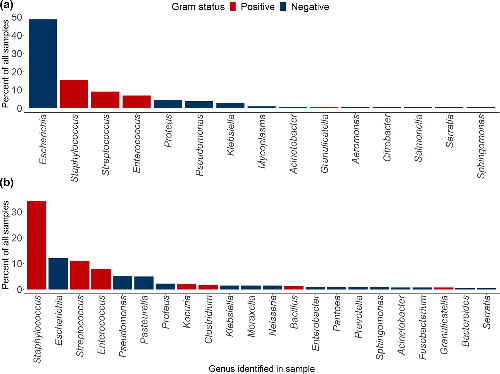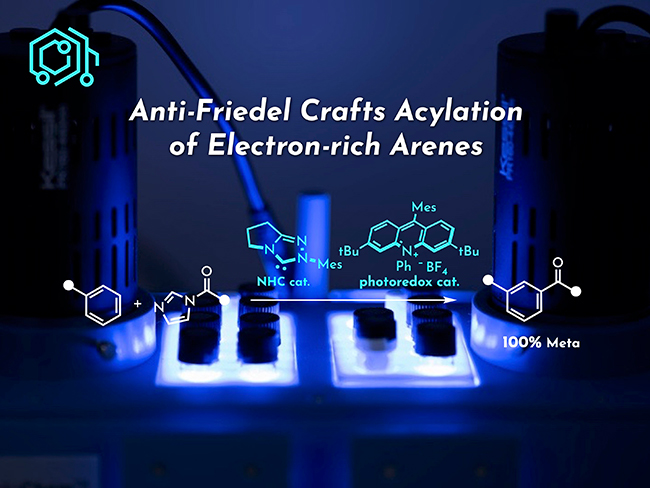2023-08-03 テキサス大学オースチン校(UT Austin)
◆この手法は、従来の診断方法よりも速く、同じ日に適切な抗生物質の治療を提供できます。従来のEEGデバイスではVRヘッドセットとの互換性が問題でしたが、新しい柔軟な導電性素材から作られた電極を使用することで快適に装着できるようになりました。
◆この技術は、不安症状を持つ人の支援や、パイロットの注意力やメンタルストレスの測定など、さまざまな応用が期待されています。また、人間とロボットの相互作用の研究にも活用され、ロボットの視点からの観察による安全性の監視や精神的負荷の測定に役立つことが期待されています。この研究は、Soft Science誌に掲載されています。
<関連情報>
- https://news.utexas.edu/2023/08/03/modified-virtual-reality-tech-can-measure-brain-activity/
- https://softscijournal.com/article/view/5819
毛髪に適合するスポンジ電極をVRヘッドセットに組み込んで脳波を測定 Hair-compatible sponge electrodes integrated on VR headset for electroencephalography
Hongbian Li, Hyonyoung Shin, Minsu Zhang, Andrew Yu, Heeyong Huh, Gubeum Kwon, Nicholas Riveira, Sangjun Kim, Susmita Gangopadahyay, Jessie Peng, Zhengjie Li, Yifan Rao, Luis Sentis, José del R. Millán, Nanshu Lu
Soft Science Published: 3 Jul 2023
DOI:https://doi.org/10.20517/ss.2023.11

Abstract
Virtual reality (VR) technology has emerged as a promising tool for brain-computer interaction and neuroscience research due to its ability to provide immersive and interactive experiences for its users. As a powerful tool to noninvasively monitor the cortex, electroencephalography (EEG) combined with VR represents an exciting opportunity for the measurement of brain activity during these experiences, providing insight into cognitive and neural processes. However, traditional gel-based EEG sensors are not compatible with VR headsets, and most emerging VR-EEG headsets utilizing rigid comb electrodes are uncomfortable after prolonged wear. To address this limitation, we created soft, porous, and hair-compatible sponge electrodes based on conductive poly(3,4-ethylenedioxythiophene) polystyrene sulfonate/melamine (PMA) and integrated them onto a VR headset through a customized, flexible circuit for multichannel EEG during VR task performing. Our PMA sponge electrodes can deform to make contact with the scalp skin through hairs under the pressure naturally applied by the strap of the VR headset. The specific contact impedance was consistently below 80 kΩ·cm2, even at hairy sites. We demonstrated the capability of our VR-EEG headset by recording alpha rhythms during eye closure at both hairless and hairy sites. In another demonstration, we developed a VR task to evoke the contingent negative variation potential and achieved a classification accuracy of 0.66 ± 0.07, represented by the cross-validated area under the receiver operating characteristic curve. Our sponge-electrode-integrated VR headset is user-friendly and easy to set up, marking a step toward future reliable, comfortable, and reusable VR-EEG technology.


